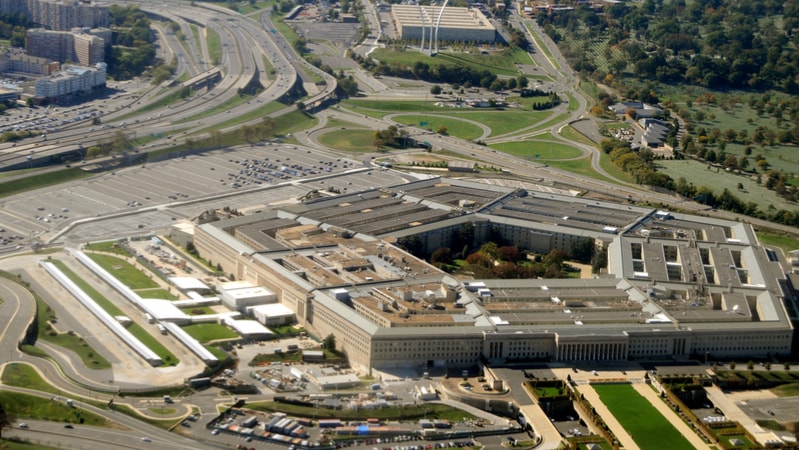
Senate and House lawmakers have outlined competing visions for the National Defense Authorization Act (NDAA) for fiscal year (FY) 2026, setting the stage for negotiations over national security policy and military spending priorities and in particular laying out different next steps for the Pentagon on artificial intelligence (AI) approaches.
The Senate Armed Services Committee voted 26-1 on July 12 to approve its version of the NDAA, which proposes a national defense funding level of $924.7 billion, including $878.7 billion in discretionary spending for the Department of Defense (DoD) — well above the Pentagon’s initial request.
Meanwhile, the House Armed Services Committee has released its draft version adhering closely to the $848 billion topline requested by the DoD.
While the Senate bill now advances to the full chamber for further consideration, the House committee is set to hold its markup of the bill tomorrow.
When both chambers approve their final versions of the NDAA, those bills will need to be reconciled in conference before being sent to the President’s desk later this year.
Though the two bills differ on many fronts, both versions of the NDAA legislation agree on one thing: the future fight is digital, with cybersecurity and AI taking center stage.
Cyber and AI Take Center Stage
The Senate version emphasizes a whole-of-government strategy in cybersecurity and artificial intelligence (AI), placing cyber deterrence at the forefront. It formally designates the Assistant Secretary of Defense for Cyber Policy as the principal advisor and calls for the formation of cross-functional AI oversight teams, mandates AI security frameworks, and supports cyber-innovation “sandbox” testing environments.
By contrast, the House version’s approach to AI is more exploratory. It directs the Secretary of Defense to conduct a department-wide survey of AI capabilities relevant to military targeting and operations, with an eye toward minimizing collateral damage — a full briefing would be due to Congress by April 1, 2026. On the cyber front, the House draft includes a requirement that initial Space Force officer training incorporates balanced instruction in operations, intelligence, cyber, and acquisition.
Counter-UAS Provisions Diverge
In response to evolving threats from unmanned aerial systems (UAS), both bills contain robust counter-UAS (C-UAS) provisions, though their approaches differ.
The Senate version shifts responsibility for small UAS (sUAS) threats from the Army to the Under Secretary of Defense for Acquisition and Sustainment, calls for the creation of a roadmap to strengthen the sUAS industrial base, and mandates pilot programs to identify C-UAS capability gaps. It also requires a detailed briefing on how base commanders plan to mitigate drone threats using both kinetic and non-kinetic methods.
The House bill, meanwhile, mandates a pilot program for deploying certain counter-UAS systems at protected facilities. It also requires a classified report by December 1, 2025, on the DoD’s progress in developing and deploying C-UAS capabilities, coordinated through the Joint Counter-small Unmanned Aircraft Office (JCO).
Other Tech Provisions
A notable provision in the Senate bill imposes strict protections on key military spectrum bands – prohibiting changes to systems operating in the 3.1–3.45 GHz and 7.4–8.4 GHz ranges without top-level certification through 2034. These bands are critical for radar and missile defense capabilities.
Both the House and Senate versions also fully support the Golden Dome missile defense architecture, calling for revisions to national missile defense policy and increased emphasis on hypersonic weapons development and the acquisition of telemetry vessels for system testing.
Reforms and Personnel Measures
Both bills also aim to modernize defense acquisition and oversight.
The Senate version incorporates wide-ranging reforms aligned with the FORGE Act, including redefining program executive officers as portfolio acquisition executives, expanding their procurement authority, and restructuring the Joint Requirements Oversight Council (JROC) to limit its role and refocus it on global trends and operational needs.
The House takes a more cautious approach, proposing to rename the JROC as the Joint Requirements Council while affirming the importance of maintaining civilian oversight and preserving each service chief’s responsibility for capability development within their branch.
In terms of personnel, the Senate NDAA authorizes a 3.8 percent pay raise for service members – matching the DoD’s budget request and reflecting ongoing efforts to bolster recruitment and retention. The House version includes no mention of a pay raise.
